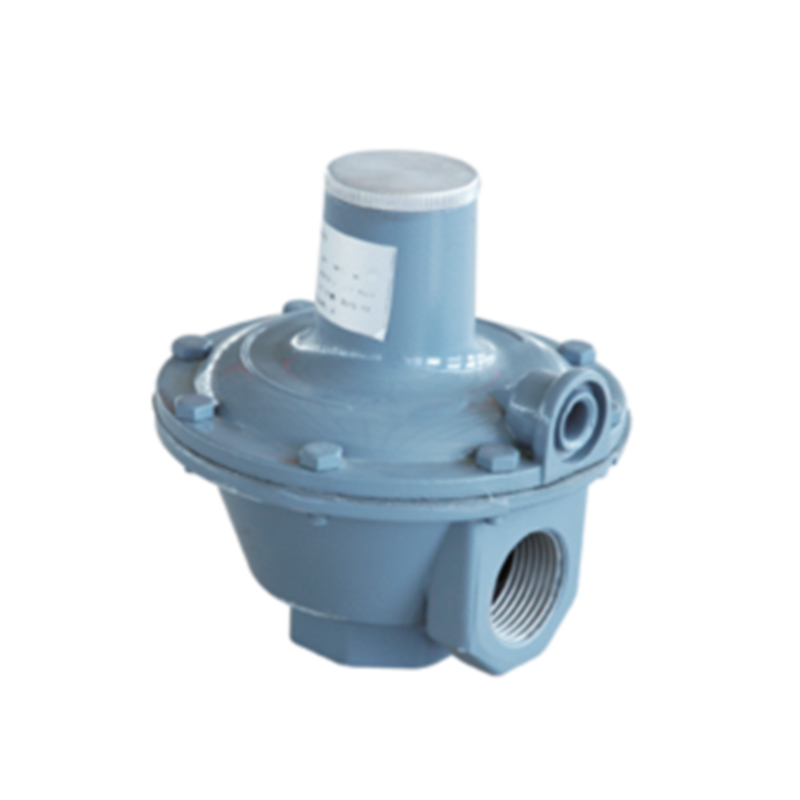
Nov . 08, 2024 04:30
Back to list
Understanding the Function and Importance of Safety Relief Valves in Industrial Applications
Understanding Safety Relief Valves Essential Components for Industrial Safety
Safety relief valves (SRVs) are vital components designed to protect pressurized systems from dangerous overpressure conditions. These devices play a crucial role in various industries, including oil and gas, chemical manufacturing, power generation, and water treatment. Understanding their function, types, and maintenance is essential for ensuring the safety and efficiency of industrial operations.
The Function of Safety Relief Valves
Safety relief valves are engineered to automatically release excess pressure from a system. When the pressure within a vessel or pipeline exceeds a predetermined limit, the valve opens, allowing the pressurized fluid—either liquid or gas—to escape. This rapid release helps to prevent catastrophic failures, such as explosions or ruptures, which can result in severe injuries, property damage, and environmental harm.
The valve operates based on the principle of equilibrium. Under normal operating conditions, the pressure inside a system is balanced by the force exerted by the valve's spring. When the internal pressure rises beyond the setpoint, the force exceeds the spring tension, causing the valve to lift and relieve the excess pressure.
Types of Safety Relief Valves
There are two main types of safety relief valves spring-loaded valves and pilot-operated valves
.1. Spring-loaded Valves These are the most common type of SRVs. They utilize a spring mechanism to hold the valve closed until the internal pressure exceeds the setpoint. When activated, the valve opens quickly, allowing pressure to escape. These valves are straightforward in design and widely used due to their reliability and ease of maintenance.
2. Pilot-operated Valves Unlike spring-loaded valves, pilot-operated valves use a smaller valve (the pilot) to control the larger main valve. The pilot opens and closes based on the system pressure, leading to smoother operation and better pressure control. These valves are beneficial in applications requiring precise pressure management and when dealing with high-flow conditions.
safety relief valve

Importance of Proper Sizing and Selection
Choosing the correct safety relief valve for a specific application is critical. Factors such as operating pressure, flow rate, temperature, and the type of fluid all influence the selection process. Engineers must perform accurate calculations and consider the potential scenarios that could lead to overpressure situations.
An improperly sized valve can lead to inadequate protection. If the valve is too small, it may not relieve enough pressure, risking system failure. Conversely, an oversized valve may open unnecessarily, leading to operational inefficiencies and increased wear.
Maintenance and Testing
Regular maintenance and testing of safety relief valves are crucial for ensuring their reliable performance. Over time, debris and corrosion can affect valve movement, leading to malfunctions. Routine inspections help identify issues before they escalate into dangerous situations.
Maintenance practices include
- Visual Inspections Regular checks for leaks, corrosion, and overall condition. - Functional Testing Periodic testing to ensure the valve opens at the designated setpoint and adequately relieves pressure. - Calibration Adjusting the valve to guarantee accurate pressure settings as environmental conditions change.
Conclusion
Safety relief valves are indispensable for protecting industrial systems from overpressure scenarios. Their ability to respond quickly and efficiently helps prevent accidents and ensures the safety of personnel and equipment. By understanding the types, proper selection, and maintenance of these valves, industries can uphold safety standards and optimize operational performance. As technology advances, ongoing improvements in SRV design and functionality will continue to enhance their effectiveness in safeguarding facilities worldwide.
Latest news
-
Safety Valve Spring-Loaded Design Overpressure ProtectionNewsJul.25,2025
-
Precision Voltage Regulator AC5 Accuracy Grade PerformanceNewsJul.25,2025
-
Natural Gas Pressure Regulating Skid Industrial Pipeline ApplicationsNewsJul.25,2025
-
Natural Gas Filter Stainless Steel Mesh Element DesignNewsJul.25,2025
-
Gas Pressure Regulator Valve Direct-Acting Spring-Loaded DesignNewsJul.25,2025
-
Decompression Equipment Multi-Stage Heat Exchange System DesignNewsJul.25,2025

